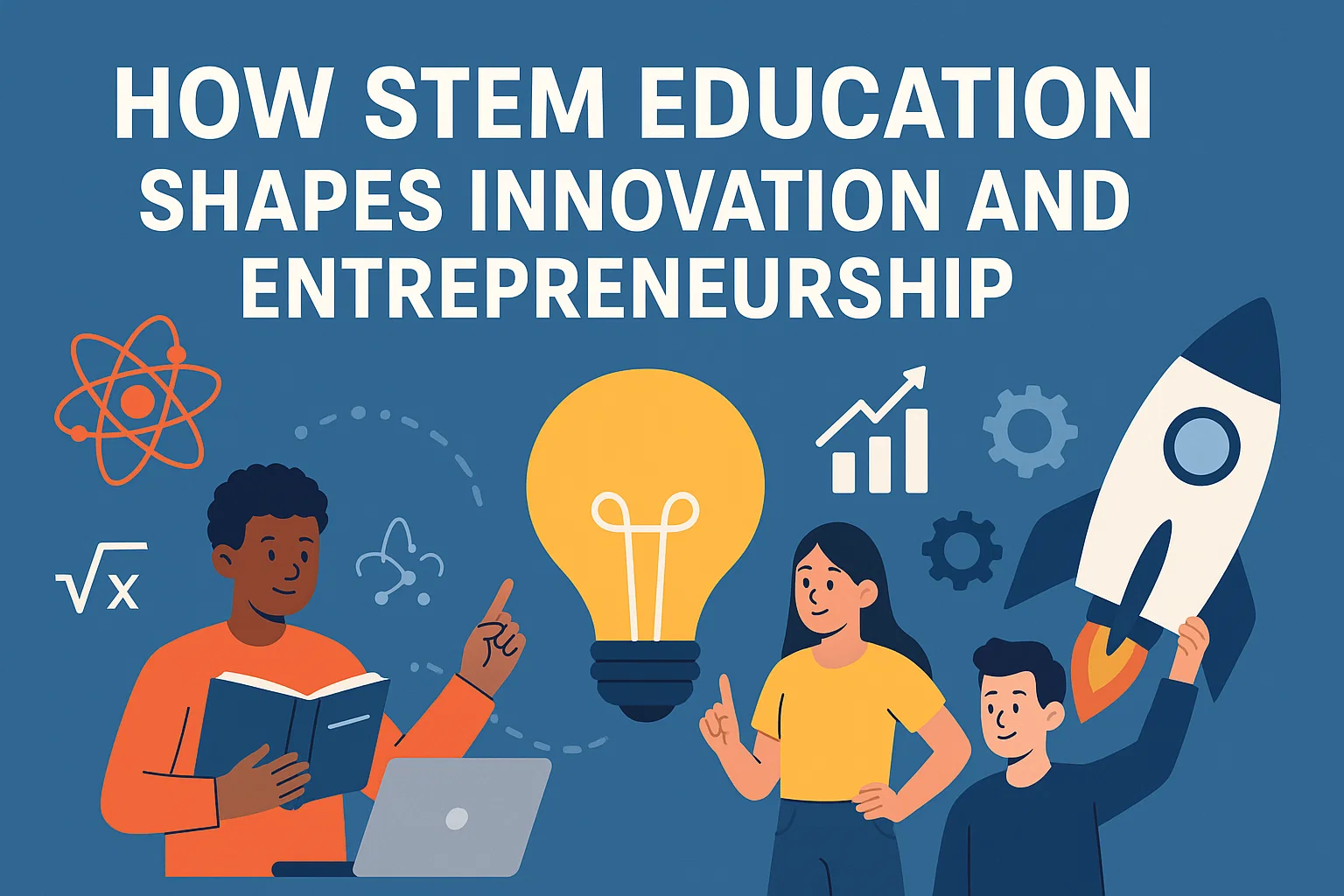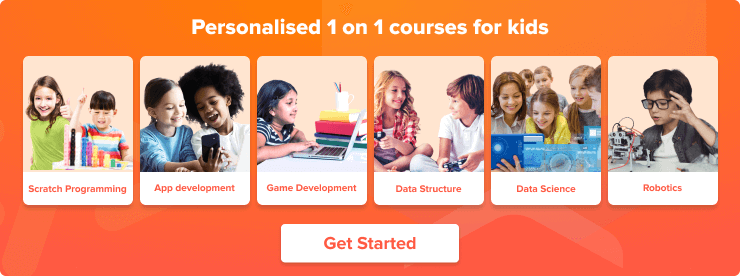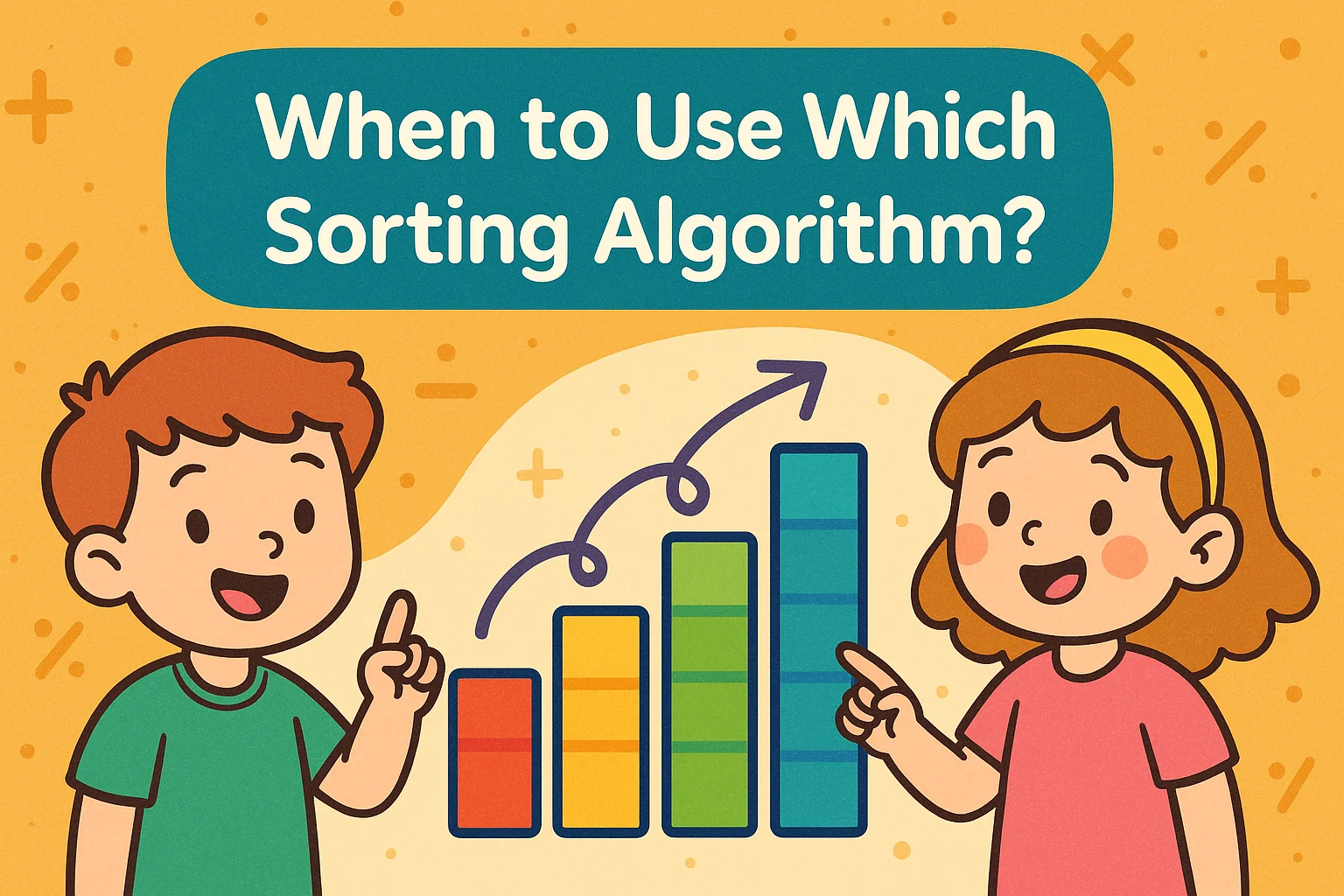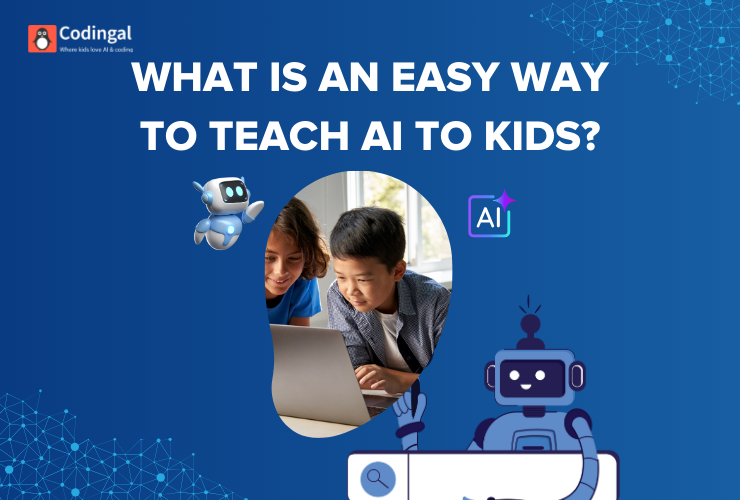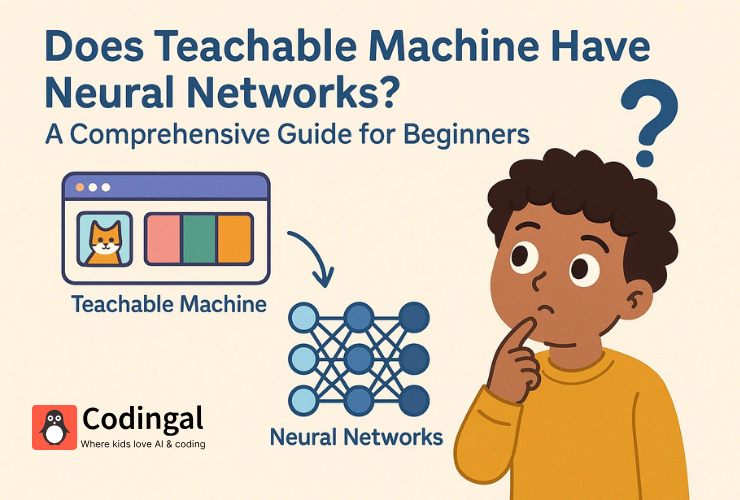In today’s rapidly evolving world, innovation and entrepreneurship are no longer limited to adults in labs or boardrooms, they’re skills that can begin developing in childhood.
At the heart of this transformation lies STEM education, which stands for Science, Technology, Engineering, and Mathematics. STEM is not just about learning formulas or building robots, it’s about nurturing a mindset that empowers students to think critically, solve problems creatively, and turn ideas into real-world solutions.
When children engage in STEM activities, they begin to see themselves not just as learners, but as creators, inventors, and innovators, ready to shape the future.
Let’s explore how STEM education builds the foundation for innovation and entrepreneurship and why it’s essential for every child. 🚀
What Is STEM Education?
STEM education is an interdisciplinary approach that combines the power of science, technology, engineering, and mathematics to help students understand how the world works.
Rather than teaching these subjects separately, STEM integrates them through real-world challenges, hands-on experiments, and project-based learning.
For example:
- In science, students might study how plants grow under different conditions.
- In technology, they could code a program to track that growth.
- In engineering, they might design an automated watering system.
- In math, they could calculate growth rates or optimize water use.
This holistic learning model mirrors how real innovators and entrepreneurs think — combining knowledge across fields to solve meaningful problems.
The Core Skills Developed Through STEM
STEM learning goes beyond academics — it builds life skills that are vital for innovation and entrepreneurship.
| Skill | Description | Impact |
|---|---|---|
| Critical Thinking | Analyzing problems from multiple perspectives | Helps kids make data-driven decisions |
| Creativity | Thinking beyond traditional solutions | Fuels invention and new product ideas |
| Collaboration | Working effectively in teams | Prepares for teamwork in startups and research |
| Resilience | Learning from mistakes and trying again | Builds persistence — key to entrepreneurial success |
| Adaptability | Adjusting to new technologies or ideas | Essential in fast-changing industries |
How STEM Education Fosters Innovation
Innovation is about creating something new or improving what exists — and STEM provides the mindset and tools to do just that.
1. Encourages Creative Experimentation
STEM activities are built on exploration. When kids try to make a robot move, a bridge hold weight, or a program run faster, they are essentially experimenting with innovation.
They learn that mistakes are not failures but stepping stones to improvement — a concept at the core of every inventor’s journey.
2. Builds Problem-Solving and Design Thinking
Entrepreneurs often start with a simple question: “What problem can I solve?”
That’s exactly what STEM teaches.
Students learn design thinking, identifying a problem, brainstorming ideas, prototyping, testing, and improving.
For example, a student might build a small water purifier to solve local water issues. Through iterative testing and teamwork, they’re already applying entrepreneurial thinking.
3. Integrates Technology and Real-World Application
STEM connects learning with life. Whether it’s using AI to recognize images, coding a simple app, or designing an energy-efficient model, students realize that technology can solve real problems.
When a child uses Python, Scratch, or MIT App Inventor to build something useful, they are learning how to innovate through technology, just like real entrepreneurs in the tech industry.
4. Promotes Sustainability and Global Thinking
Modern innovation isn’t just about profit — it’s about impact.
STEM encourages children to think globally — from building eco-friendly robots to finding energy-efficient solutions.
This nurtures social entrepreneurs, who aim to improve the world through science and technology.
STEM as the Foundation of Entrepreneurship
While innovation starts with ideas, entrepreneurship is about bringing those ideas to life. STEM helps kids develop the confidence, business mindset, and resilience needed to become future entrepreneurs.
1. From Ideas to Prototypes
In STEM classes, children don’t just imagine — they build.
They turn concepts into tangible prototypes, like apps, games, or devices.
This process of ideation to design and then creation mirrors the real-world startup model, where entrepreneurs move from concept to product launch.
2. Learning Through Trial and Error
Both STEM and entrepreneurship thrive on experimentation.
Kids learn that not every attempt will succeed, but each attempt brings them closer to the solution.
This teaches risk-taking, problem-solving, and persistence — the core traits of every successful entrepreneur.
3. Building Teamwork and Leadership
In STEM activities, students work in teams — sharing roles like coder, designer, tester, and presenter. Such experiences teach leadership, communication, and collaboration, preparing them to lead teams, pitch ideas, and manage projects, just like startup founders do.
4. Understanding Market Needs
STEM-based entrepreneurship programs often encourage students to identify real-world problems and create solutions that people will use.
Whether it’s designing a time-management app for students or a low-cost energy device, kids start thinking about users, value, and scalability — the key pillars of entrepreneurship.
How Parents and Teachers Can Encourage STEM Innovation
Parents and educators play a vital role in nurturing innovation through STEM. Here’s how you can help:
- Provide STEM kits and coding games at home.
- Encourage kids to ask “why” and “how” — curiosity sparks innovation.
- Connect classroom lessons to real-world issues (e.g., pollution, sustainability, AI).
- Enroll kids in online STEM programs where they can code, design, and experiment safely.
- Celebrate both successes and failures, showing that every experiment is a learning opportunity.
How Codingal Inspires Innovation and Entrepreneurship
At Codingal, we believe that every child is a potential innovator. Our STEM-aligned curriculum combines coding, AI, app development, robotics, and web design to help kids:
- Think like innovators and creators
- Build real-world projects using modern technology
- Develop communication and presentation skills
- Gain confidence to lead and pitch their own ideas
Through hands-on activities and mentorship, Codingal nurtures creativity, logical thinking, and entrepreneurial spirit in kids aged 5–17.
From building AI chatbots to designing apps that solve real-life problems, students experience the true power of STEM in action.
Final Thoughts
STEM education is more than an academic framework — it’s a launchpad for future innovators and entrepreneurs.
By empowering kids to explore, create, and question, STEM builds the mindset needed to tackle tomorrow’s challenges.
Innovation begins when children see problems as opportunities.
Entrepreneurship grows when they have the courage and skills to turn ideas into action.
Through STEM, we’re not just teaching kids how to build robots or apps, we’re teaching them how to build the future.
Ready to Spark Your Child’s Inner Innovator?
👉 Join a free coding class at Codingal and help your child explore creativity, innovation, and entrepreneurship through fun, hands-on projects!
